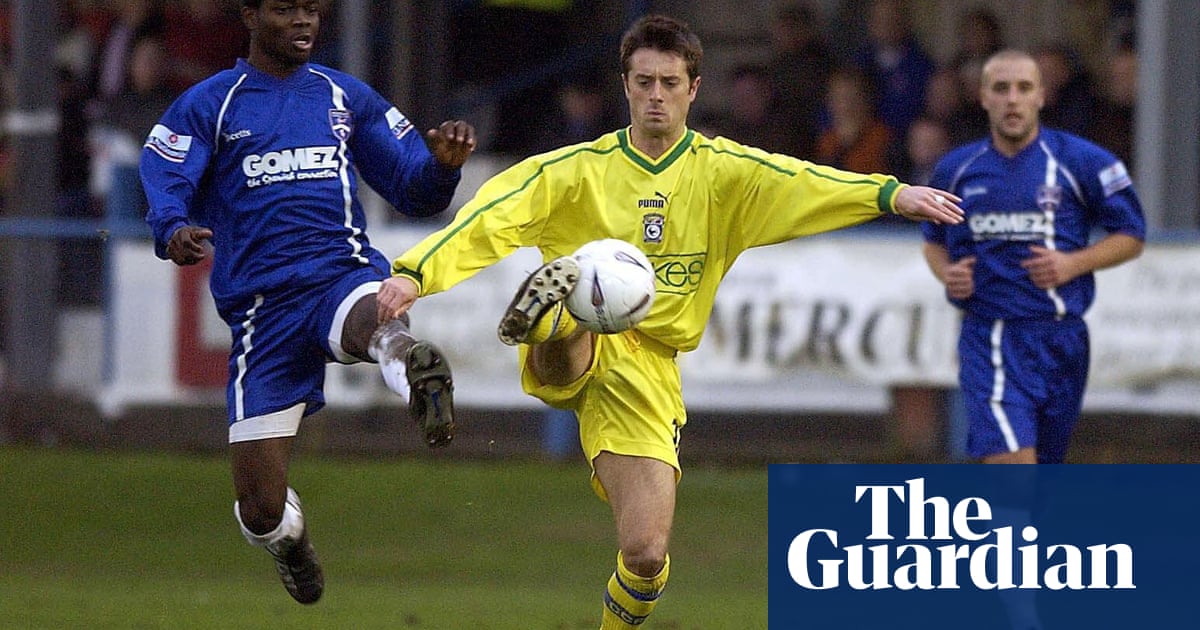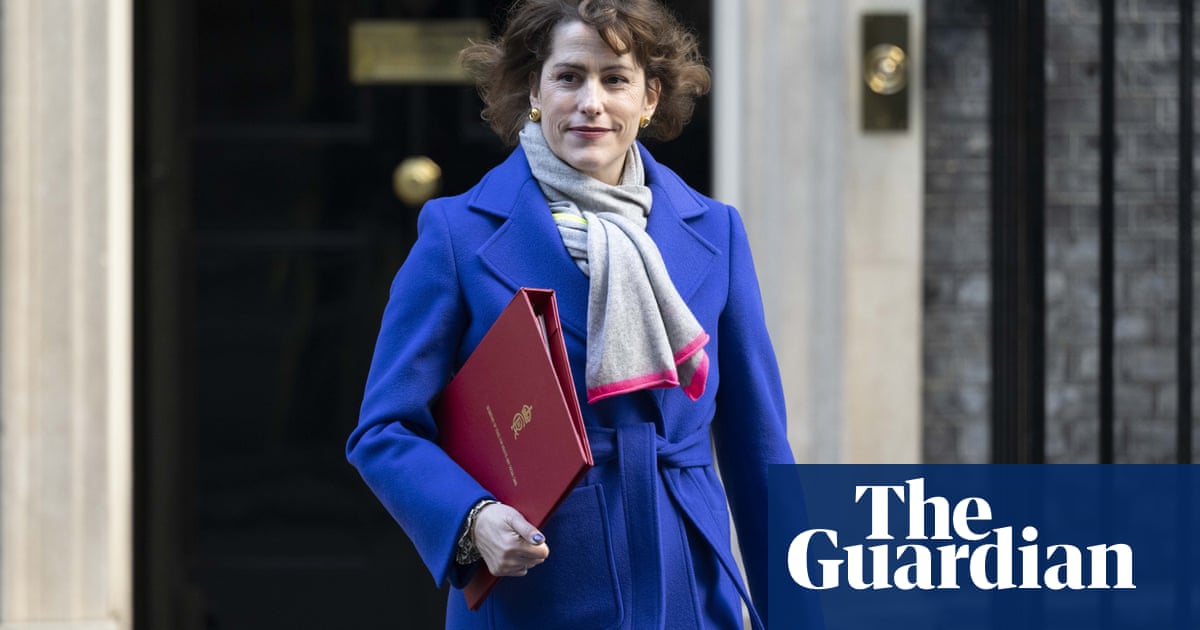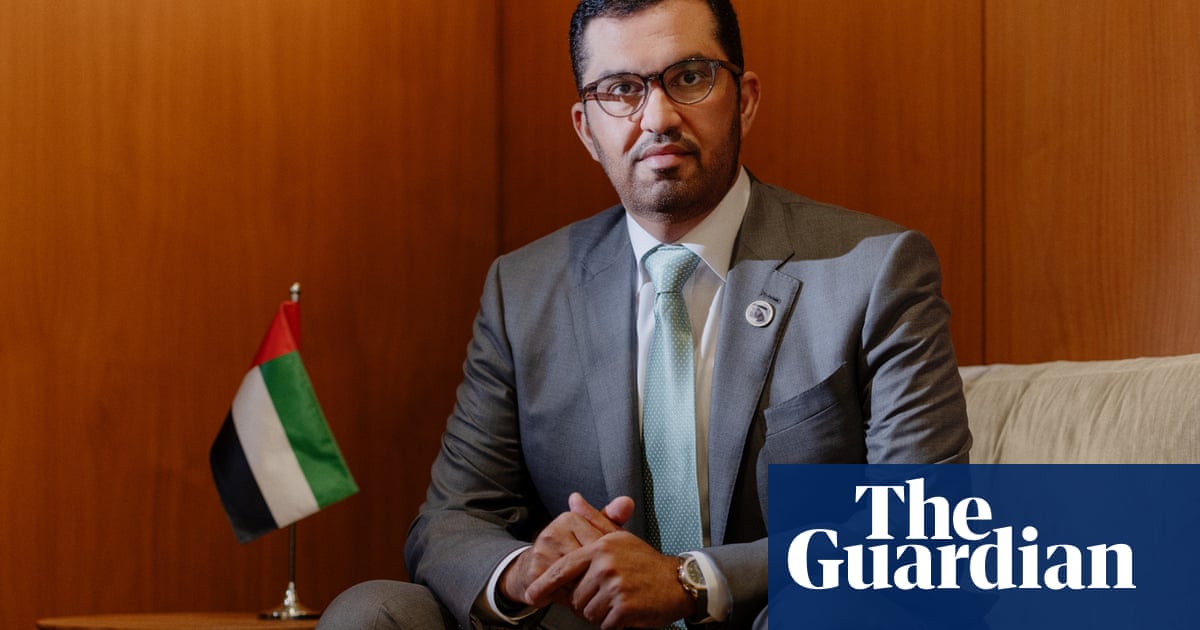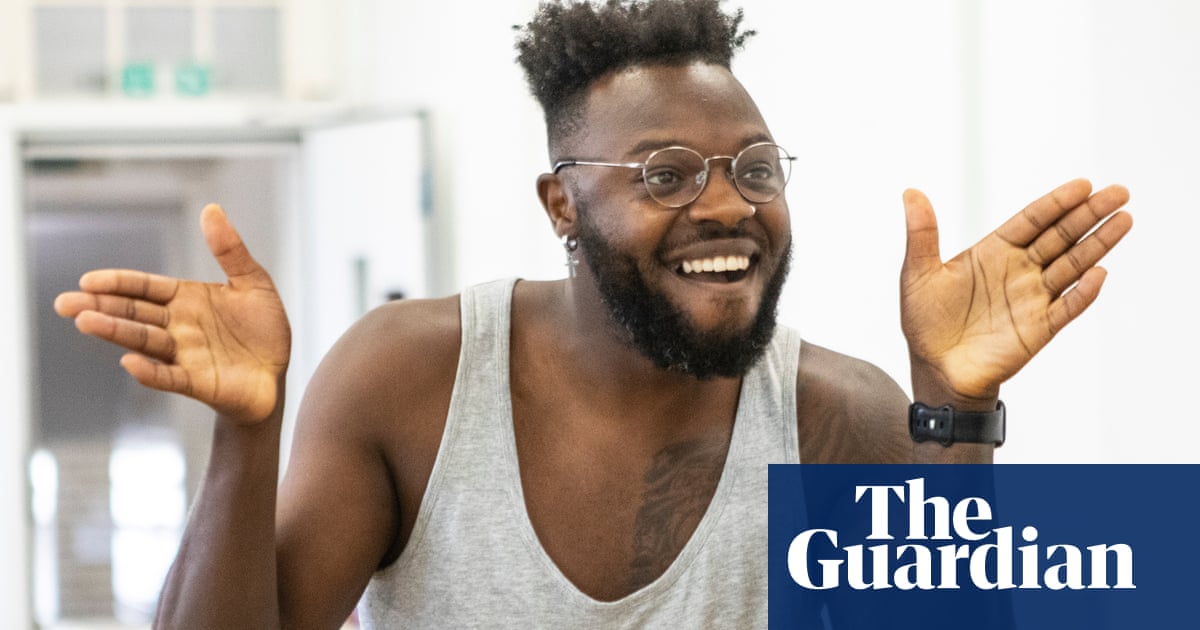
n November 2017, Peter B Scott-Morgan received the news that almost nothing can prepare you for – he was told he had just two years to live. Peter had been diagnosed with motor neurone disease (MND). It kills a third of those who have it within a year, rising to a half by the end of year two, with no known cure. Devastated as Peter was, he’d already decided this was negotiable. Fortunately, long before his own diagnosis, he had been fascinated by the idea of harnessing the power of modern technology to prolong human life.
Already a year had passed since his first symptoms had started appearing. After stepping out of the bath while on a trip to the Arctic Circle, he’d noticed that shaking the water from his feet as he emerged was suddenly and inexplicably out of his grasp. This was the earliest stage of the near-total paralysis that the condition would soon inflict on him. As the disease develops, messages sent from his brain and spinal cord would eventually stop reaching his muscles entirely – his body was failing him one piece at a time.
In the months that followed, he read up on clinical research and papers. “Very quickly I concluded that, whatever the medical profession, charities and even those living with MND continued to insist, the moniker of ‘the cruellest disease’ really seemed to be out of date.”
Peter explains all this via email. It lands in my inbox a few days before we’ve agreed to speak. He assures me that writing down his initial thoughts will make our subsequent conversation smoother. He now speaks using eye-gaze technology (his voice box has been removed), and the cutting-edge software he’s reliant on to communicate is still subject to the occasional bug.
In truth, Peter had long been laying the foundations for his own groundbreaking transition. Few people could be better placed than this 62-year-old to battle the effects of this neurological condition and win. He is a scientist with an interest in artificial intelligence (AI), and his PhD from Imperial College London was the first ever granted by a robotics faculty in Britain. He applied these problem-solving skills commercially, developing innovative techniques in management consultancy, all the while teaching at the London Business School, Rotterdam School of Management and Boston’s Hult International Business School.
It’s hard to read sections of his first book – The Robotics Revolution, published in 1984 – and not question whether he’d unwittingly spent decades preparing for his own fate. “If the path of enhanced human is followed,” he wrote at the time, “then it will be possible for mankind and robots to remain on the same evolutionary branch… In this way, mankind will one day be able to replace its all-too- vulnerable bodies with more permanent mechanisms, and use the supercomputers as Intelligence Amplifiers.” Today we’d call that AI.
While sitting in a consulting room at London’s National Hospital for Neurology and Neurosurgery, listening to his doctor explaining the details of MND, he was already calculating what his next steps might be in this race against time to prepare for the inevitable. There was much to be done before all his movement would be lost, at which point his brain would still remain fully active. Could he embrace medicine and mechanics to create a life worth living before he became “locked in”?
“I was thinking about what I’d have to do 10 seconds after they told me,” his email continues, “straight after wondering how my husband would take the news.”
While he might not have been able to articulate the finer details of his plan in that moment, every synapse in his brain was firing. “I refuse simply to stay alive,” he writes, “I choose to THRIVE!” It was simplistic, he says, almost adolescent obstinacy. But this determination was based on solid science, too. “I knew that with some focused hi-tech research it was quite possible to transform what it meant to have MND,” he explains, “and if I took the right precautions then, rather than in two years, I had a good chance of living for another couple of decades.” So, almost immediately, he set about exploring what he might achieve.
“I envisioned what realistically, with the right encouragement, could be done to change what it means to have extreme disability,” he says. “Then I worked backwards to work out what would come first.” The time had come to put a lifetime of research into practice on a human guinea pig. It just so happened the guinea pig would be himself.
Two and a half years later, little has changed in the Scott-Morgan house during lockdown. Since his condition deteriorated, routines have remained the same at their home on the Devon coast. By 7am, a team of carers has arrived to help Peter get up and ready. There’s physiotherapy, cleaning and routine maintenance of his now fully integrated machinery. Underneath Peter’s clothes are various pipes and pieces of intricate engineering; the two screens which he uses to communicate need preparing before his arrival in the office downstairs at around 10am. “For 41 years he has always spent eight hours, if not 12, in front of a computer,” says Francis – Peter’s partner – feigning frustration.
We’re meeting on Zoom, the couple busy chatting about their early years together. They first met when, in 1979, Peter arrived to check into his room at one of the country’s first gay hotels, only to decide he was far more interested to find out where the man standing across from him at the counter could be found after dark. Francis tells the story – of the instant infatuation between this Devon lad who’d left school at 16 and his well-educated Wimbledon lover, and of their happy years together, first in London while Peter completed his doctorate in robotics before work took them to the US. In 2000, they returned to Torquay.
In some ways, conversation flows like that between any married couple, with interjection, correction and gentle ribbing as stories are regaled of two lives intertwined. They assure me they still argue, still talk big decisions over as a couple – even if this takes a little longer. “I don’t think our relationship has changed much at all,” says Francis. “It’s based on what’s going on inside rather than our physical bodies, but we’re not 20 anymore.”
That’s not to say things have always run smoothly. As a young couple they encountered challenges as they set about living an openly gay life. Some of Peter’s family had issues when he came out and casual homophobia from some colleagues was common, too. This, they say, taught them to be resilient.
“When we were younger,” says Francis, “we were bullied by the police, the boys at school, by Margaret Thatcher and her government. Society as a whole didn’t value us. We learned from experience that you stand up to bullies; you don’t let them see you’re hurting.” In their eyes, MND is merely the biggest bully they’ve encountered so far. “We used to be told we could never live normal lives as gay people,” Peter continues. “People assume a life being totally paralysed is one not worth living. People thought the same of our sexuality in the past.”
Once Peter decided to embark on his path to human cyborg, many made the same assumptions. Before his first set of operations, clinicians asked if the couple understood the choices they were making. “It was as if some of them wanted me to just prepare to die,” says Peter firmly. “I respectfully declined.”
Two years after his diagnosis, Peter underwent his first procedures in July 2018. His stomach was re-plumbed so nutrients could be channelled in automatically. A pump keeps him hydrated. A catheter and colostomy bag deal with the results.
In October 2019 he had a laryngectomy removing his vocal cords, to allow him to breathe artificially. In advance of the operation, he worked with specialists to bank the sound of his voice for the future, laboriously recording himself saying some 20,000 words. Today, he uses eye-gaze technology to communicate. A more rudimentary system was made famous by Stephen Hawking. Cameras track the movement of his pupils as he types words on a screen, while sentences are played back through speakers using a synthetic voice which sounds just like his own.
Some stages of his transition are still pending. Plans to project an avatar on to his face which will move as he speaks and express his emotions are in development. Instead, today it’s displayed on a screen attached to his chest. He’s also actively pushing to take this technology further, hoping one day to be held upright in a self-drive vehicle with an exoskeleton encasing his now limp upper body. As has been the way for decades, he’s waiting for technology to keep up with what’s already clear in his mind. Researchers at Intel are working on improvements to his communication capabilities – an artificial intelligence system will soon give him automatic options for words and phrases responsive to situations and based on his own personality, speeding up conversations so he won’t have to type out everything with his eyes.
Whatever technology is used, Peter’s brain will have control of it. Any AI used to make life easier will come under his command. “Think about it like a mobile phone using predictive text,” explains Francis. “The system might give Peter options, but he can opt which – if any – to use.”
Imagine, he suggests, Peter as a conductor, free to wave his baton at any section of an orchestra knowing exactly what sound will come out. In time, his language skills will develop even beyond his own abilities – there’s no reason he won’t be able to speak in countless languages. The most moving moment in an upcoming Channel 4 documentary about Peter’s journey sees him listening to his own voice singing a pitch-perfect rendition of Pure Imagination from Willy Wonka & the Chocolate Factory. Peter 1.0, Francis assures me, could barely hold a note.
“If we can improve things for Peter,” says Francis, “we can improve it for everyone with a disability, whether it’s MND, a stroke or old age.” Millions of people could benefit from this technology. “A lot of people are already contacting Peter to say they’re inspired, that he’s given them hope.” As he speaks, Francis reaches out to his husband and squeezes his hand tightly. Peter might be paralysed, but his sense of touch remains.
Still, exposure is only part of the battle – technology like this doesn’t come cheap. Basic wheelchairs and some eye-gaze systems are NHS-funded, but robotic wheelchairs, avatars and, in most cases, synthetic voices aren’t. Organisations such as the Motor Neurone Disease Association will support patients who need funding for steps such as voice recording, and are working closely with big tech companies to develop technology, which they intend to keep open source. “Some people think it’s selfish,” says Peter, “that it’s too expensive for the NHS to pay for. They think doing this is a delusional mistake that people like me will regret.” Understandably, Peter sees it differently. It’s hard to argue with someone whose case is that they simply want to stay alive.
Much of this story will be told in the documentary. For Peter and Francis – two introverts – the decision to offer unfettered access to the most challenging time in their lives wasn’t an easy one to make
“It was a huge decision to go public,” says Peter, “but a friend pointed out that the only way that some of the best brains in the galaxy would get involved in rewriting the future of extreme disability would be if they somehow got to hear of my quest.” He points out that one in 300 of us will be diagnosed with MND at some point, and that whether lifesaving operations are offered to us depends on our postcode. “We’ve heard stories of neurologists giving a diagnosis and then handing over a box of tissues saying make peace and prepare to die,” Francis says. Medical interventions have given Peter a normal life expectancy; technology has already ensured it’s one of quality, too.
Revealing all, though, didn’t just mean baring their souls to the world. “All my life I had kept slim, fit, and healthy,” Peter had told me. “The vain part of me longed to clutch on to a vestige of dignity as my muscles withered away and left me looking little more than an emaciated cadaver.”
Once the film airs, the Scott-Morgan Foundation, a registered charity bringing together what Peter calls a “rebel alliance” of corporations and experts, will launch. This will, he hopes, bring his vision of technological and human synergy to fruition. Peter has a 20-year plan for the foundation. At an age when most people start to prepare for a quiet retirement, Peter is resolute – he’s just getting started. It sounds exhausting.
So, I ask, what keeps him going? There’s a pause as he types. “Carrying on living is certainly up there,” he says. “Even higher is carrying on having hopes and dreams and prospects. But number one, of course, is carrying on side by side with the person I’ve loved all my adult life. That’s well worth changing the world for.”












